Track my order
RESOURCES
Shipping Container Pools: What They Are & How to Build One
The latest trend in shipping container upcycling projects? Swimming pools! Find out how you can turn a shipping container into a backyard pool.


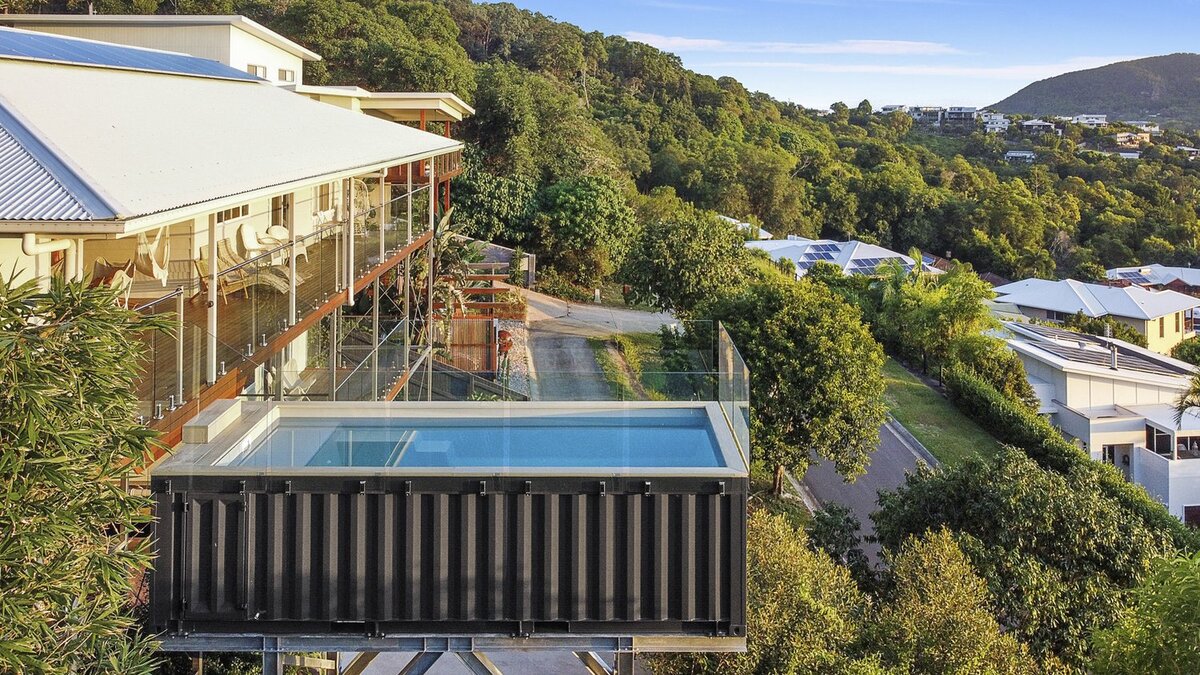
Shipping containers are incredibly versatile. They aren’t just useful for transporting cargo oceans away, you can convert shipping containers into houses, personal offices, storage units, and retail kiosks. You can create a shipping container Airbnb and use the rental as an additional source of income. You can even turn a shipping container into a swimming pool.
That’s right — you can make a shipping container swimming pool. Once you remove the roof from the container, you’ll have a ready-made structure with plenty of room to float around and swim laps.
Of course, it will take more work than simply buying a shipping container, cutting the top off, and adding water to it. You’ll need to take some extra steps (and help from professionals) to build a shipping container pool. Read on to find out exactly what those steps are below.
Research State and Local Laws
Before you buy a shipping container, make sure you research both your state and municipal laws regarding shipping container pools and swimming pools in general. These laws could dictate how you build your shipping container pool and whether you need to apply for permits ahead of time. For instance, if you live in Nassau County, Florida, you’re required to get a permit when you’re installing a pool that will exceed 5,000 gallons of water.
How many gallons are in a shipping container? It all depends on the size of the container you purchase. Standard 20ft cargo containers have internal volumes of 1,172 ft3. Translated into US liquid gallons, that’s just over 8,767 gallons of water. Meanwhile, any standard 40ft shipping container for sale has an internal volume of 2,385 ft3, which is the equivalent of 17,841 gallons of water. With either size, you’d need a permit for an area like Nassau County.
If you are part of a homeowners association (HOA), you should check to see whether it has any restrictions relating to shipping container pools. They might feel like the style of a shipping container pool clashes with the neighborhood’s aesthetic and prevents you from going through with the installation.
Doing this research will help you determine the boundaries for building a shipping container pool from the very start. You don’t want to skip this step and discover that the pool you’ve built violates these regulations only after it’s built.
Consider Pool Types
Believe it or not, there is actually more than one type of shipping container swimming pool. Would you like an in-ground shipping container pool or an above-ground shipping container pool? The type you choose will determine certain aspects of your build.
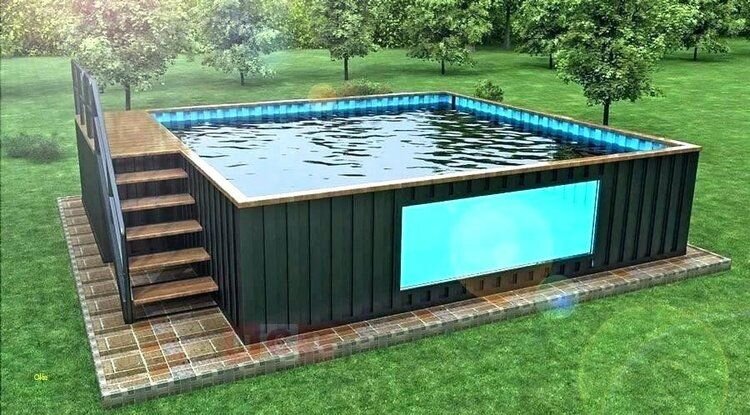
Image via ModPools
For instance, an in-ground shipping container pool will require that you dig a deep trench into the ground to fit the pool inside. This step will increase your budget since it requires more intensive initiatives like dirt hauling and its disposal. You will also need to do a land survey in order to assess whether your yard is clear of any obstructions below the ground where you want to place your pool. Because of these additional expenses and efforts, many homeowners opt for above-ground shipping container pools instead of in-ground options.
Before starting with either option, it’s best to consult with a professional contractor or engineer about your shipping container pool plans. They will let you know which option is best for your yard.
Get a Shipping Container
You’ve checked your zoning laws, and you’ve consulted a contractor or engineer. You’re in the clear to build. Now the next step for your container pool, your main material: your shipping container. When determining what type of container you should purchase, consider a one-trip shipping container for the job. This grade of the container is practically new. It’s only been used for transporting cargo one time before being removed from circulation.
Why not get a cargo-worthy grade? It’s not ideal to turn a container that’s been frequently used for shipments into a container pool. It’s more likely to have incurred damage over the years and you don’t want to contend with any major rust patches, holes, or leaks.
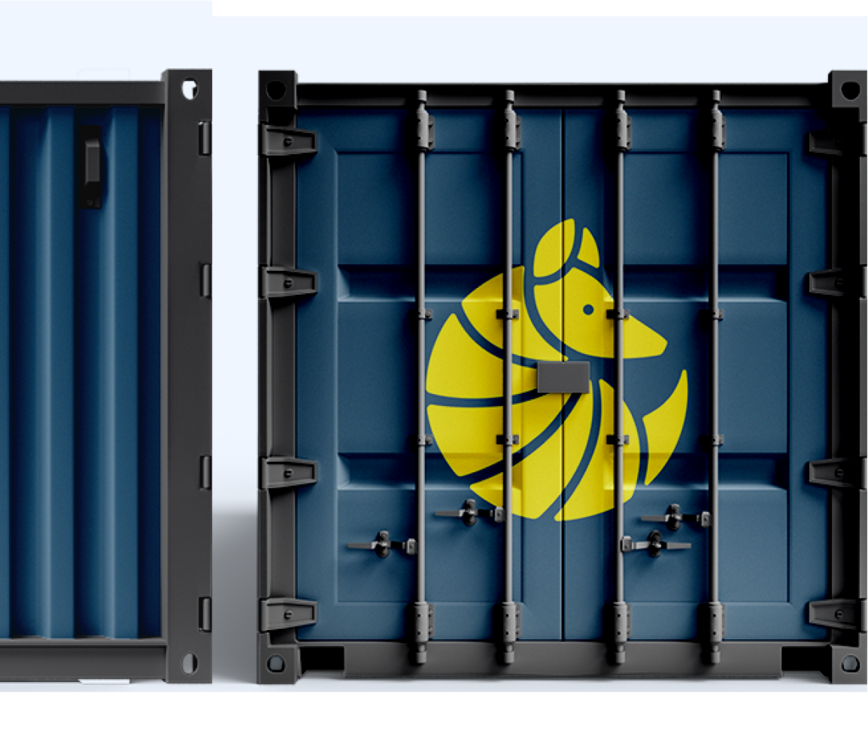
Create a Foundation
Creating a proper foundation will prevent your container pool from shifting or tilting. Why is this problematic? Well, when a container pool shifts, the water will shift with it. This could put a lot of pressure on one side of the container and put it at risk of flooding or rupture.
What type of foundation should you place? A level, concrete slab foundation is an ideal option to keep the pool completely secure. This is true for in-ground and above-ground container pools. The type of soil in your yard will determine the depth and size of your foundation. To get started on this assessment and the laying of the foundation, consult a contractor, and don’t attempt this on your own (unless you’re experienced).
Modify the Container
Next, you’ll have to modify your shipping container to transform it into a pool. Start by removing the top from the container to create an opening. You might want to weld a flat plate over the lip of the shipping container to give a smooth edge to hang onto and should minimize water spilling over the sides.
Weld the main doors shut. If you’d like to keep the main doors operational, one alternative setup is to install a wall further into the container. This effectively shortens the length of the pool and creates a small nook between the new wall and the original doors. The nook could be used as a convenient storage space for plumbing connections.
To increase the structural integrity, add structural supports around the container walls to help tolerate the water pressure from the inside.
In terms of necessary additions, you’ll want to install openings for drains, filters, and other essential utility connections. Other modifications you can include range from ladders, interior steps, and even interior benches. If you’re building an above-ground pool, you could even install a window in the wall, giving a clear view of inside the pool.
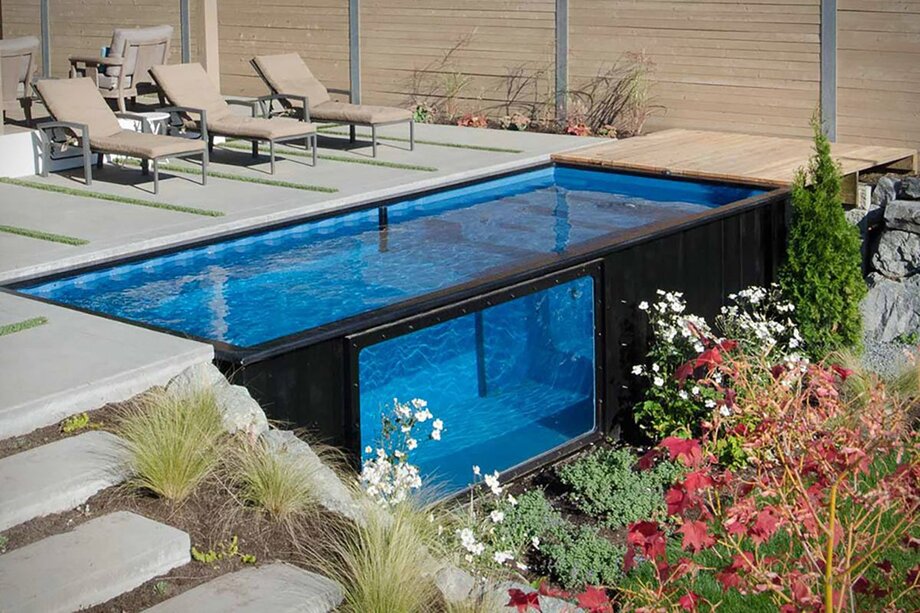
Image via ModPools
What about a diving board? A shipping container pool is good for swimming, play, and relaxation, but it’s not ideal for diving. To safely dive into a pool, it should be a minimum of 8 feet deep. Standard shipping containers are 8.6 feet tall, and high-cube shipping containers are 9.6 feet tall. Since these types of containers won’t be filled up to the very brim, you’ll likely have less than that minimum requirement. So, it’s best not to use it for diving.
Lining the Pool
The original container walls were not created with the intention of holding water. You will have to add a waterproof lining to the interior to prevent water from damaging the original walls., this will also stop water from leaking out of the pool.
What can you use to line a shipping container pool? You have several options:
- - Use a PVC liner specifically made for pools. It can be held in place with coping (a protective metal or plastic cap along the trim).
- - Use a concrete coat over the interior walls.
- - Use custom vinyl sheets over the interior walls.
Connect the Utilities
Your shipping container pool will need to be connected to several utilities. It will have to be connected to your plumbing system so that it can access and drain water. It will also need electrical connections in order to run the pool pump, heat pump, and pool lights. Once the connections are made, you can start getting your pool ready for swimming!
How Much Does a Shipping Container Cost?
The cost of your shipping container pool will depend on certain factors. A DIY shipping container pool project could cost under $20,000 to install. If you purchase a shipping container pool kit, it will likely cost you more. You should expect to spend between $10,000 to $30,000 for shipping container pool kits. The more complicated the pool design is, the more it will cost.
Does it cost more than a regular pool? According to Home Guide, the average cost to install an in-ground pool is $35,000. So, choosing a shipping container pool could be a savvier alternative.
Once you go through the necessary motions, you just might be able to build a shipping container pool in your backyard. Follow this step-by-step guide for container pool installation and soon enough you’ll have a refreshing swimming spot steps away from your backdoor. And if you’re looking for a shipping container for the job, you can browse sizing and prices here.

About Nina Barango
Nina Barango is an experienced content marketer and container expert with a proven track record in the tech and logistics industry. Having worked with various startups and SMEs, she bridges the world of marketing, tech and shipping containers. When she's not creating content that'll revolutionize global container trade, you can find Nina reading a book or mastering her video editing skills.
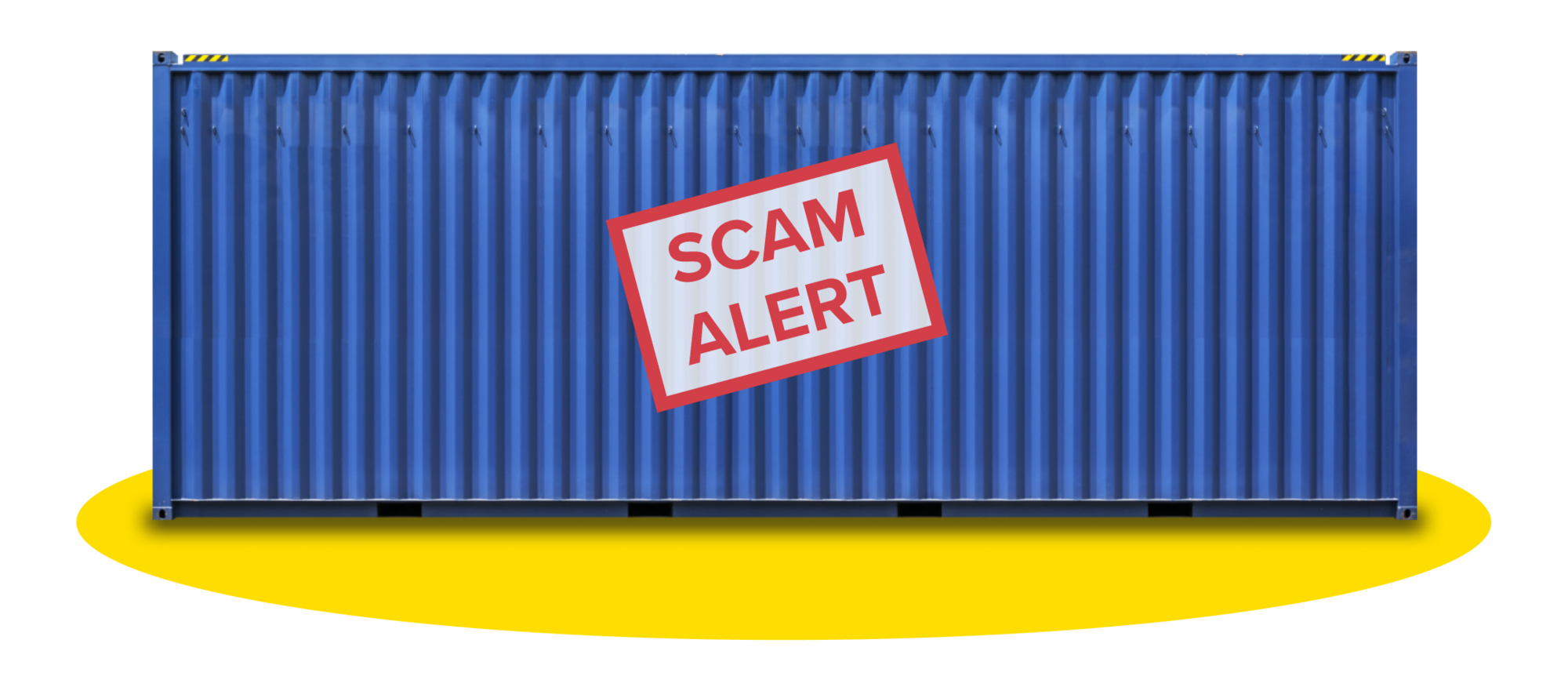

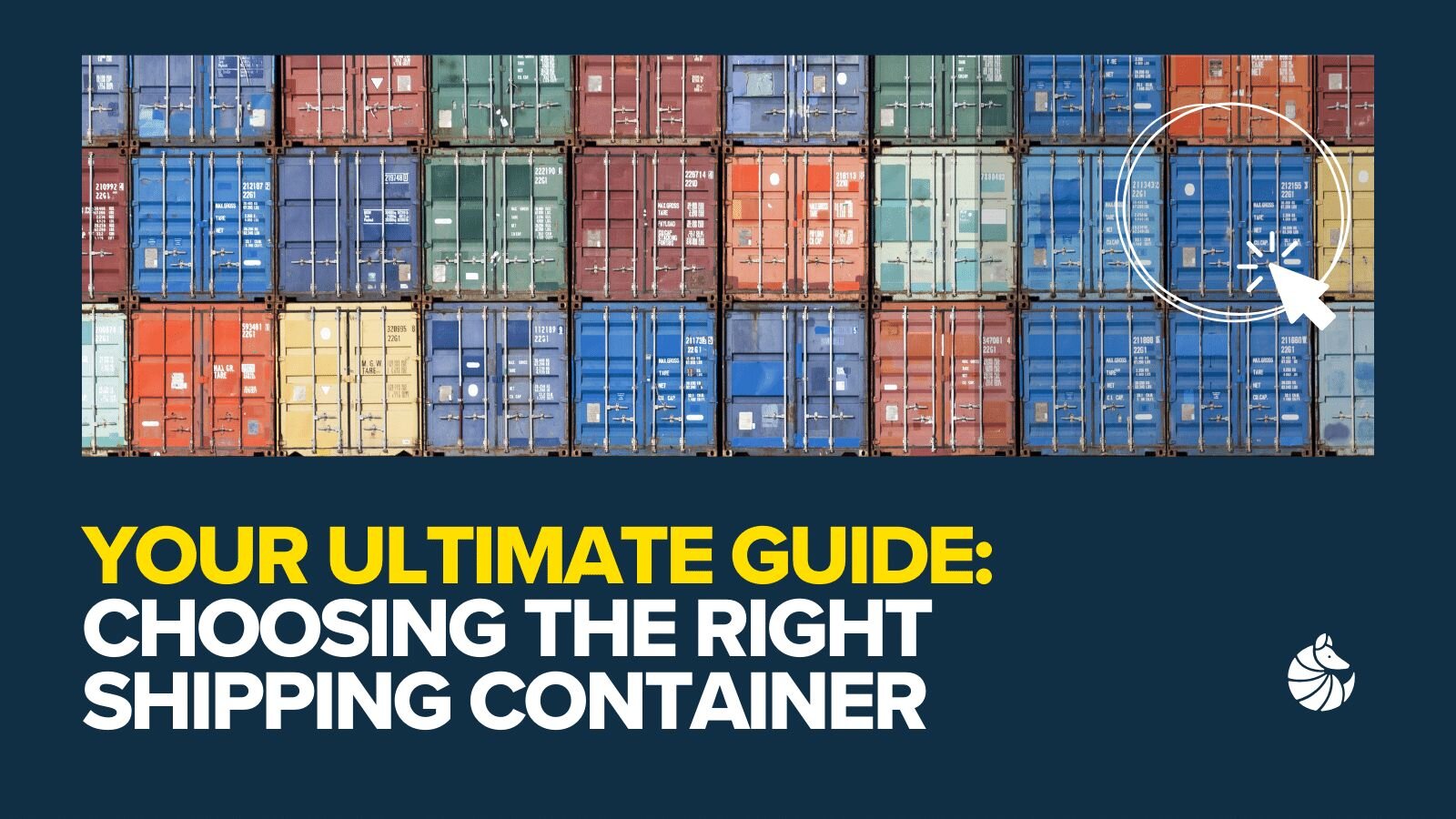

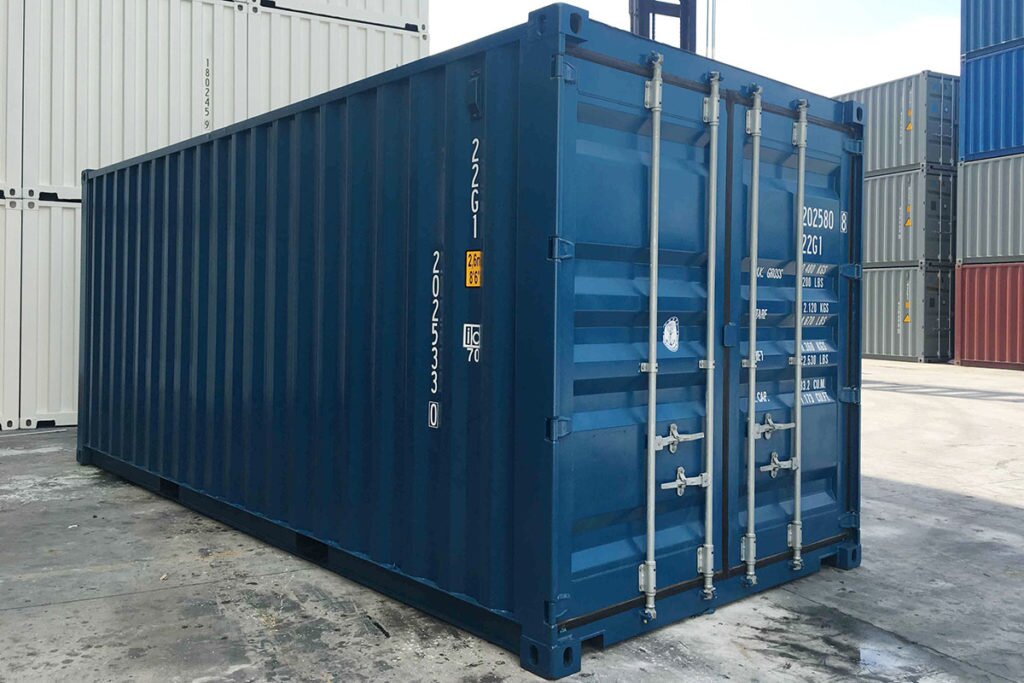


Continue Shopping
Loading cart